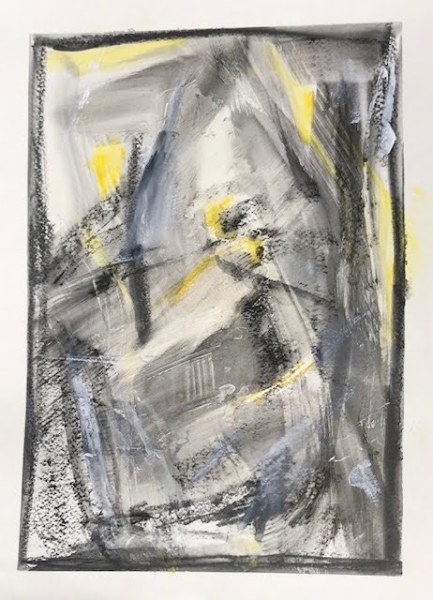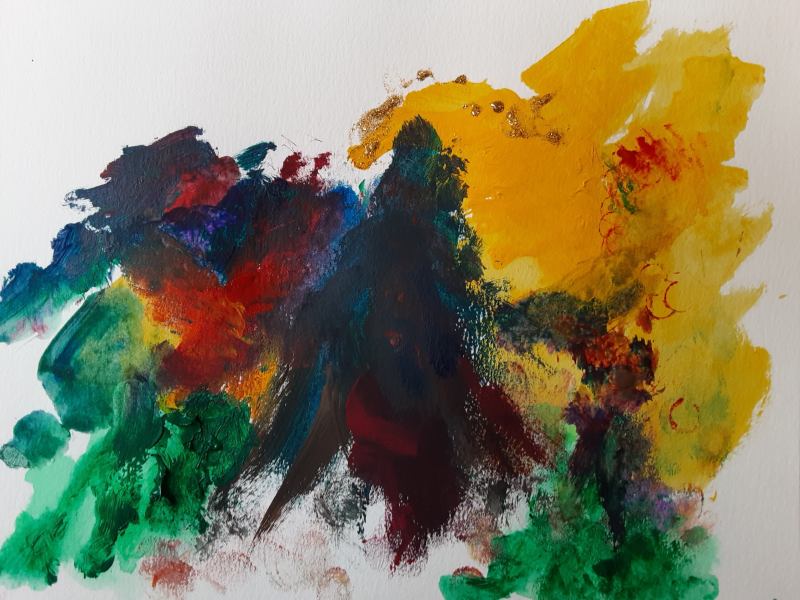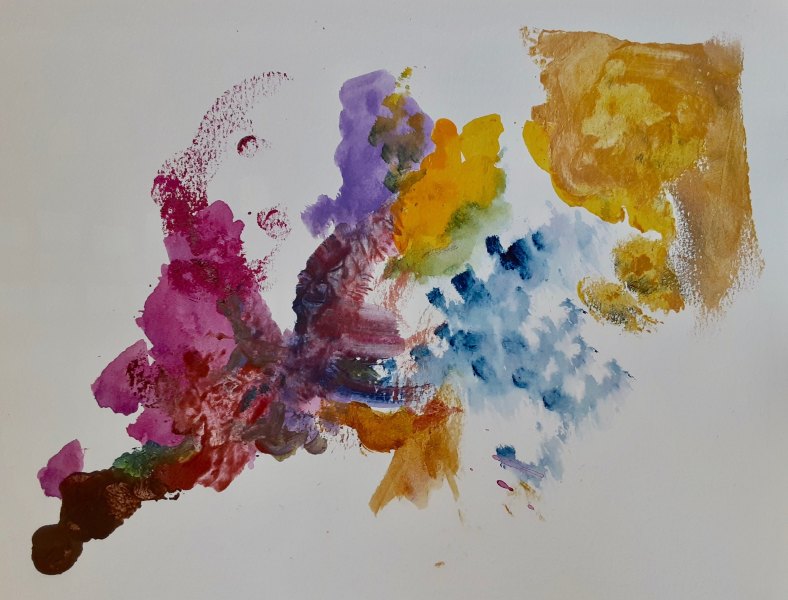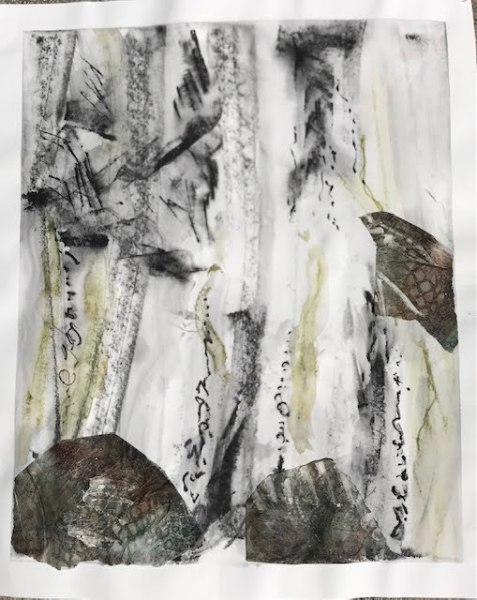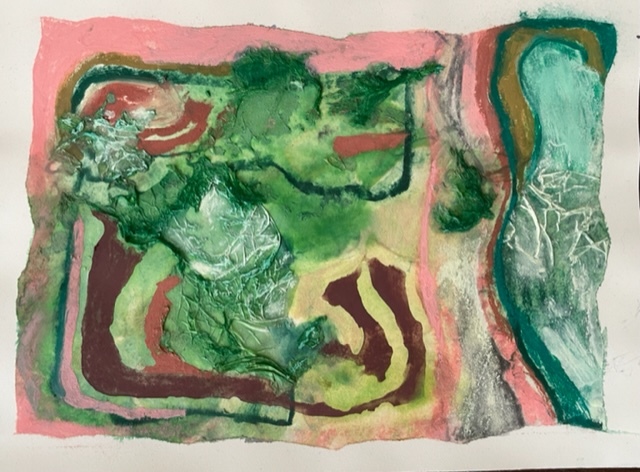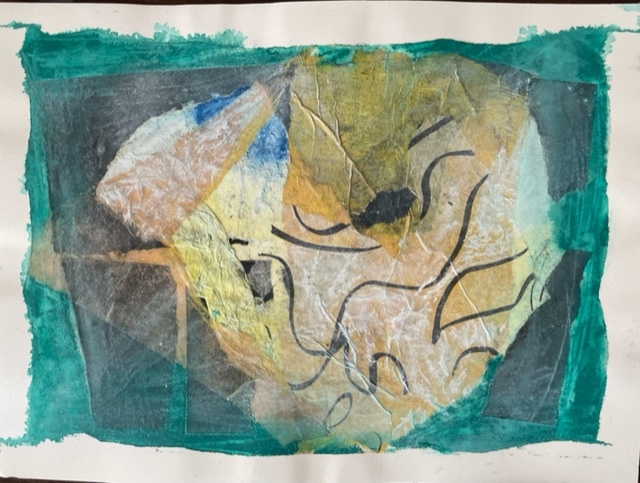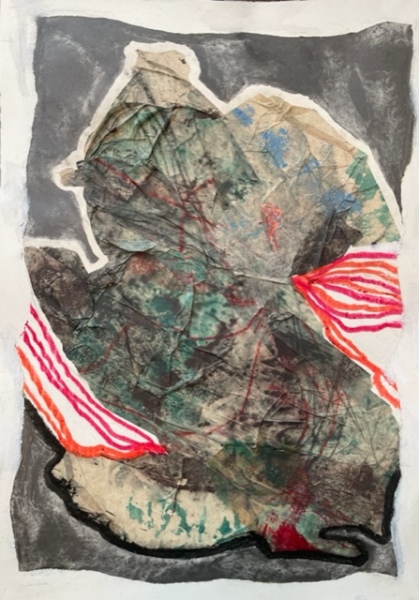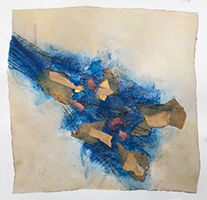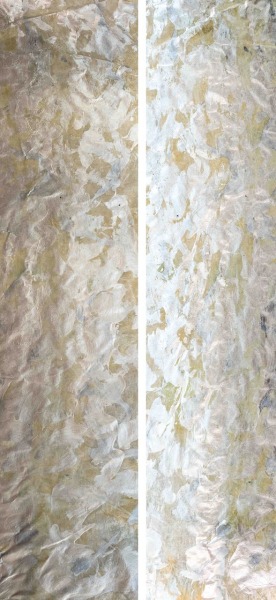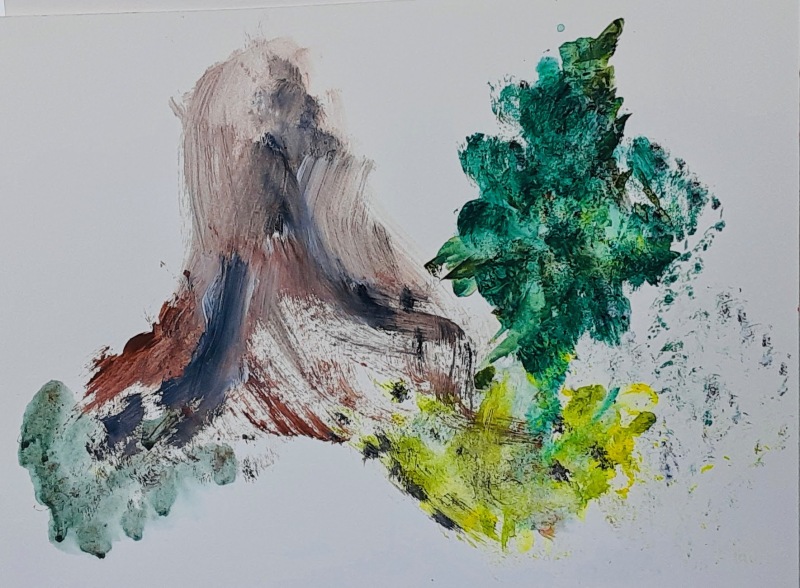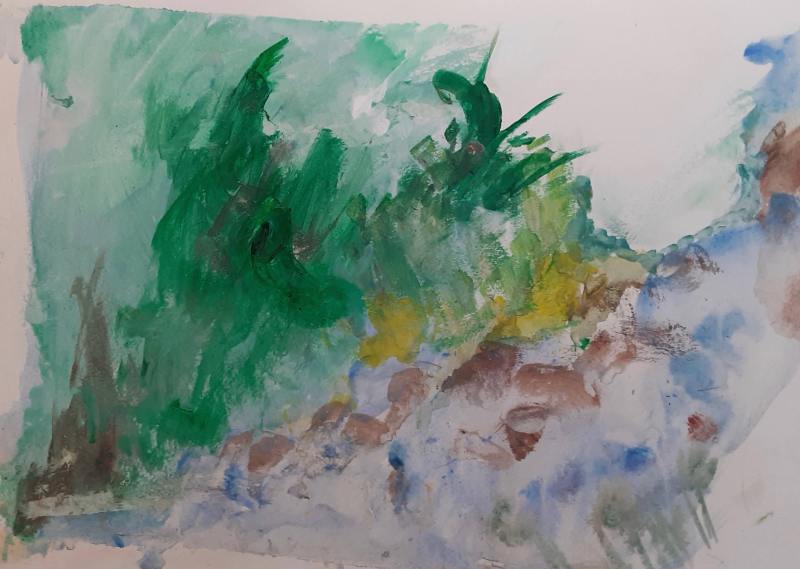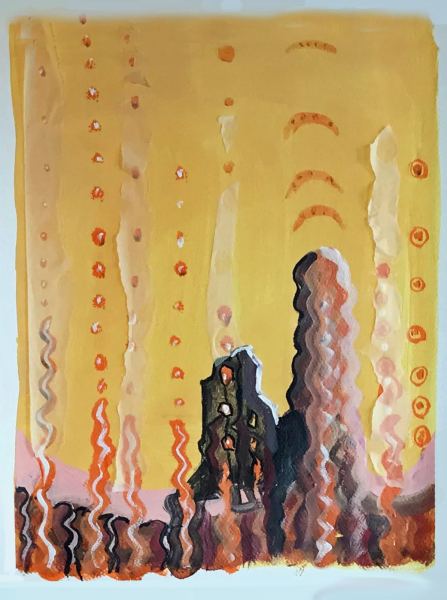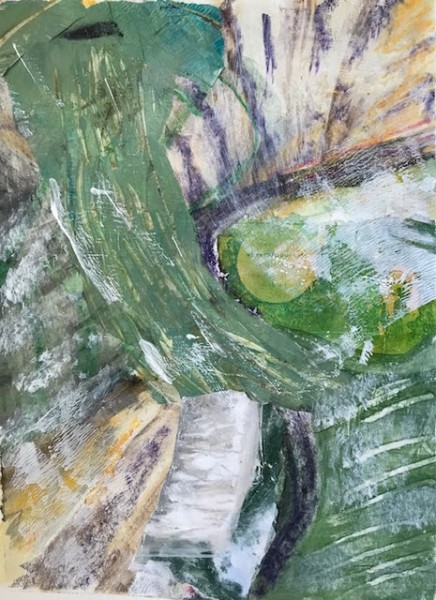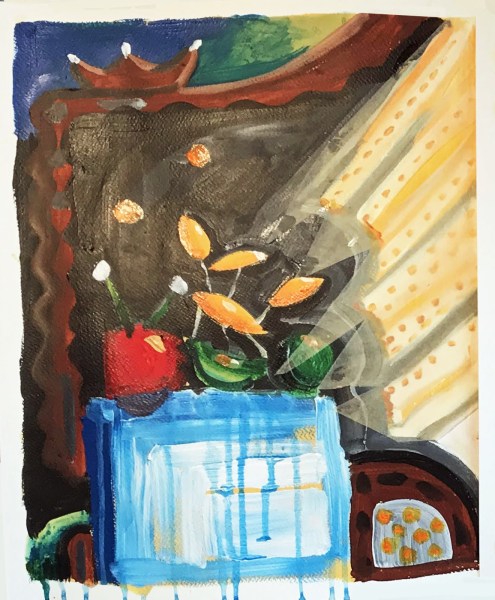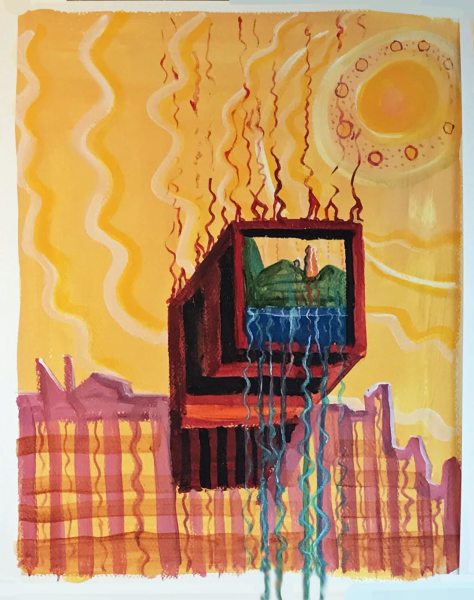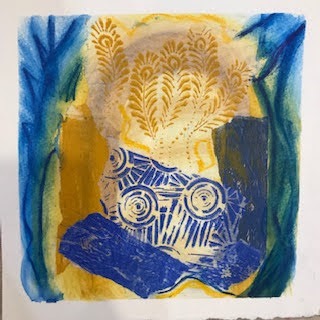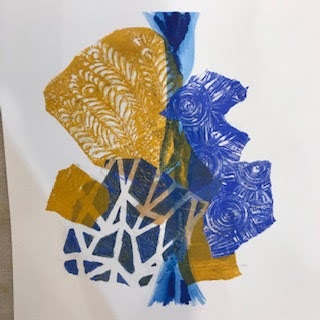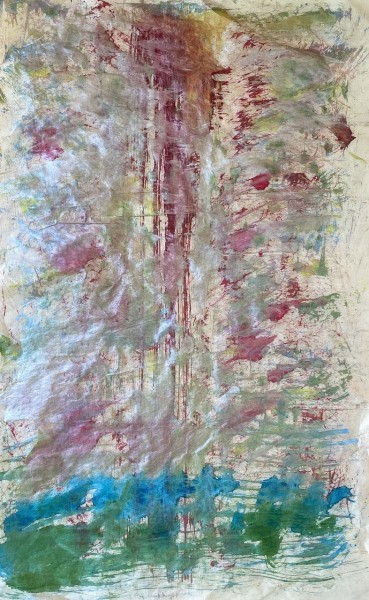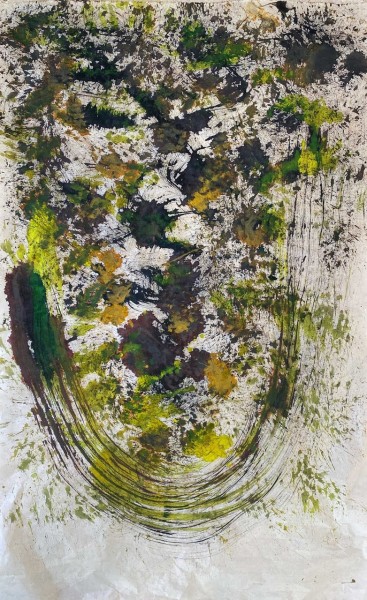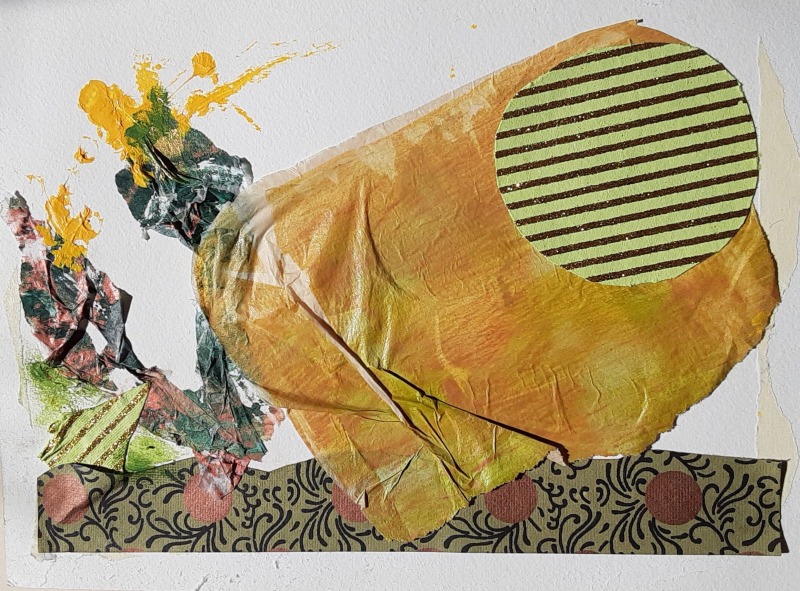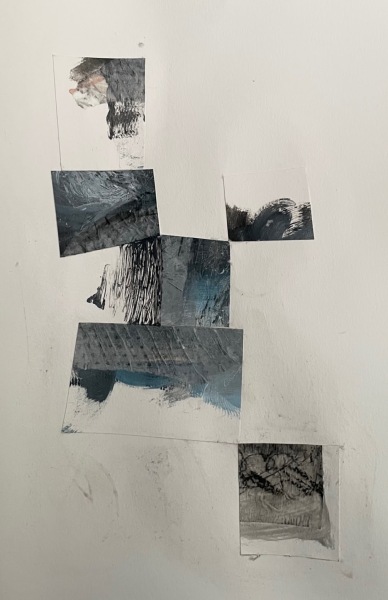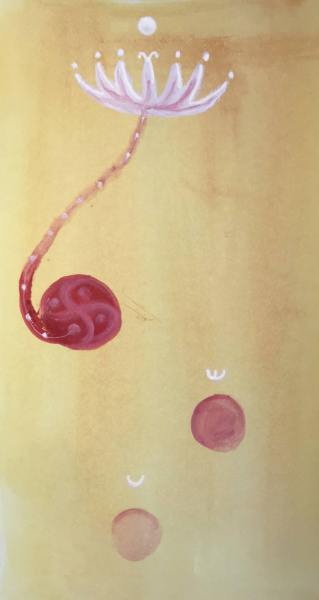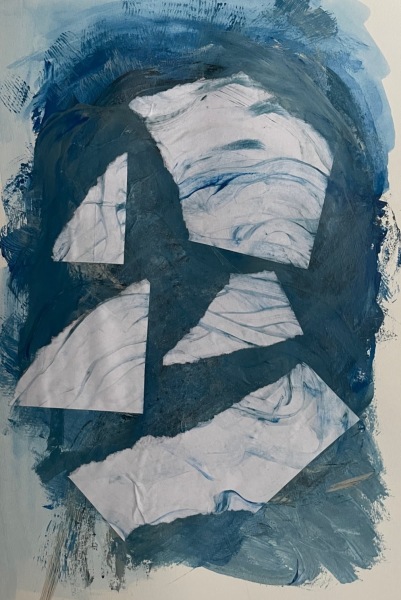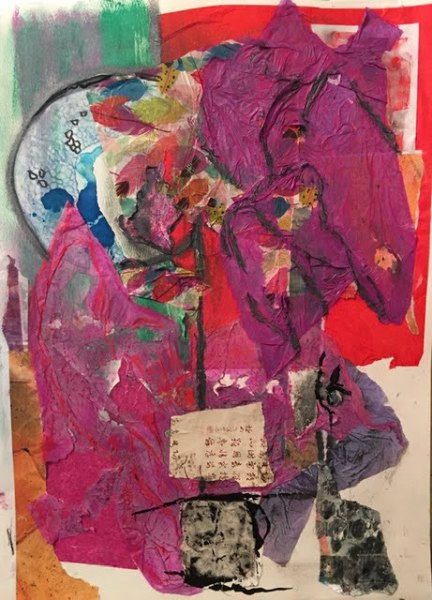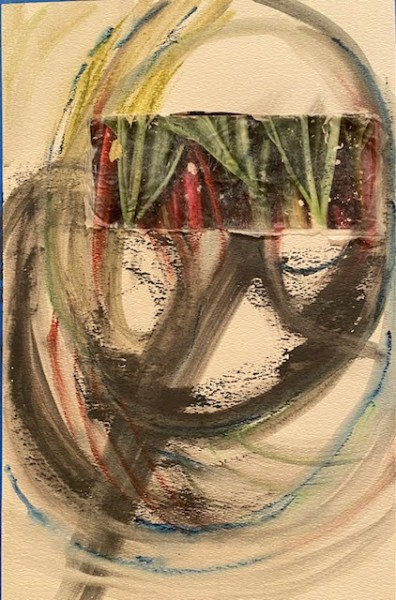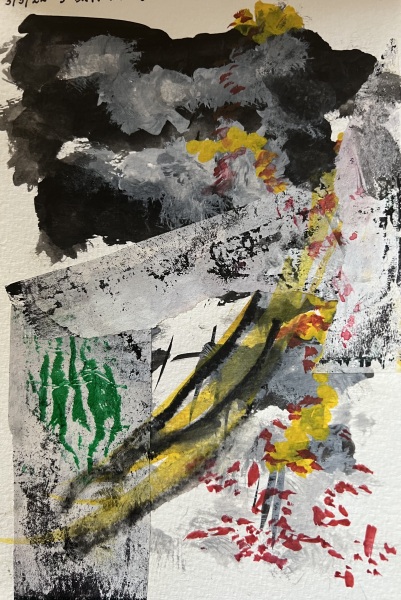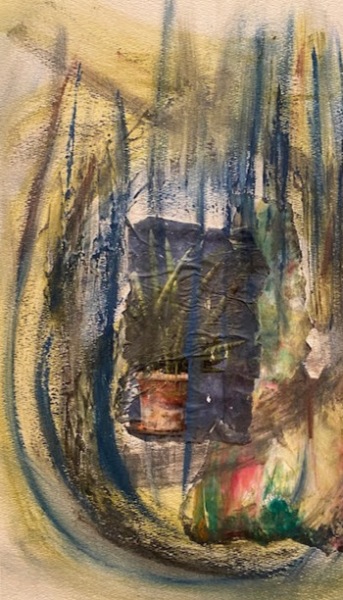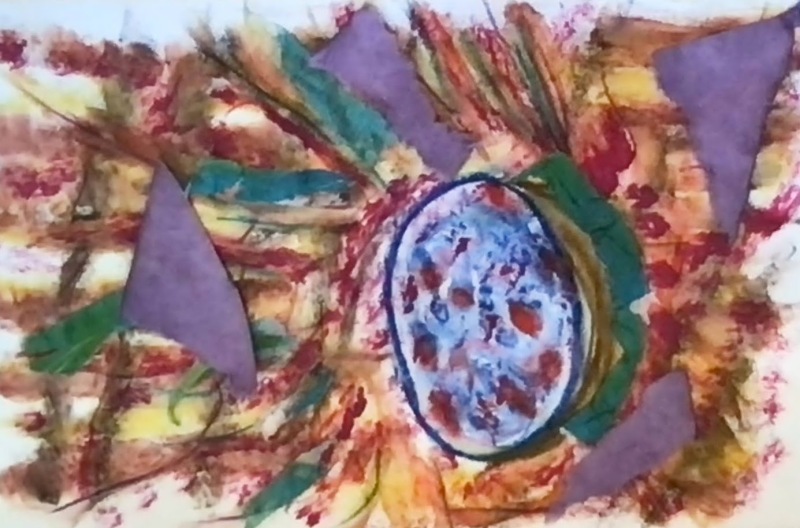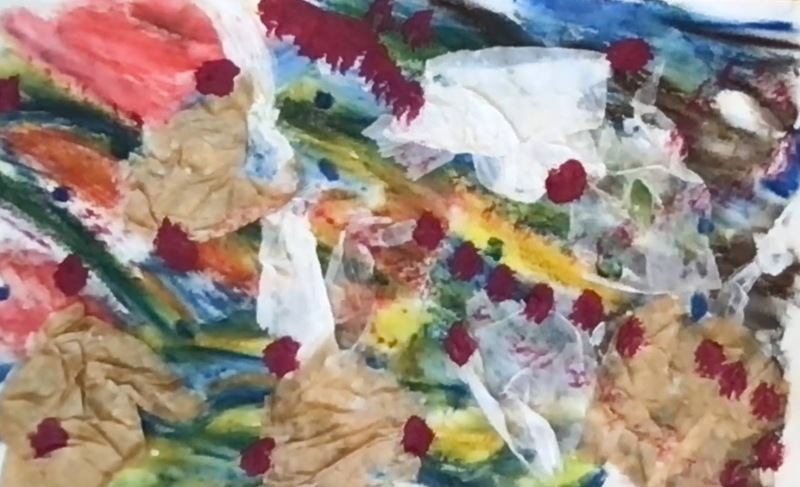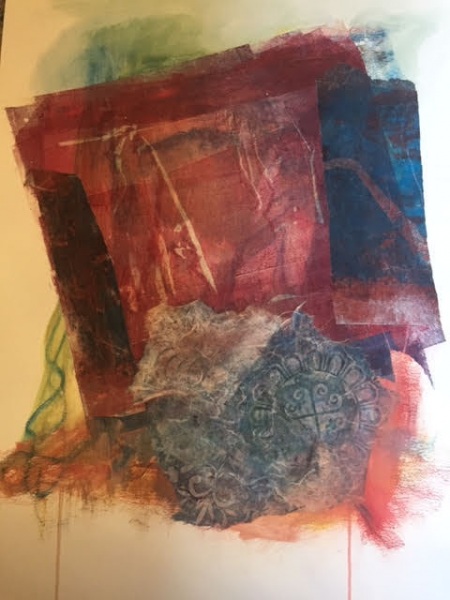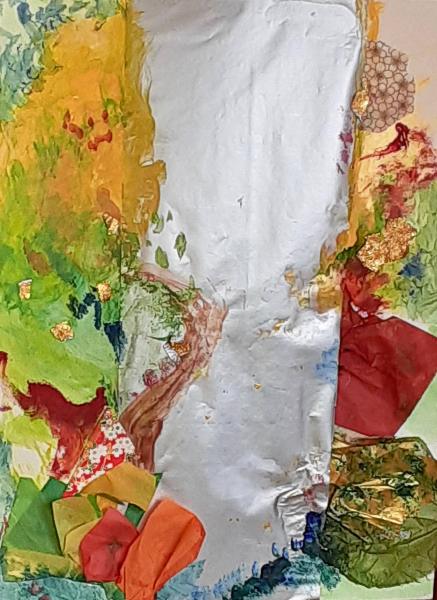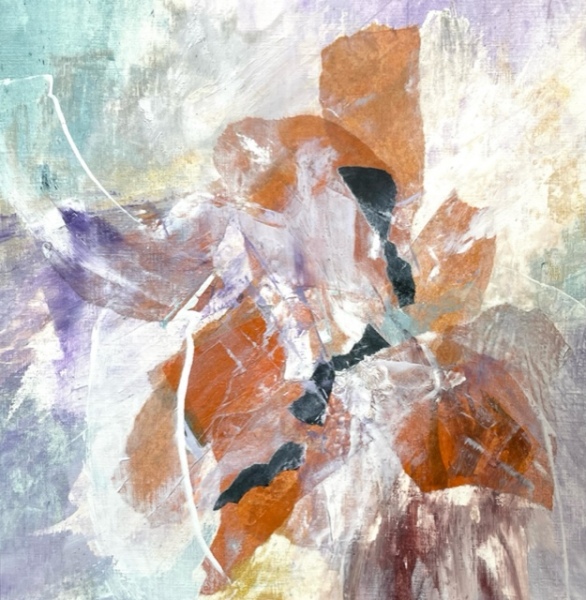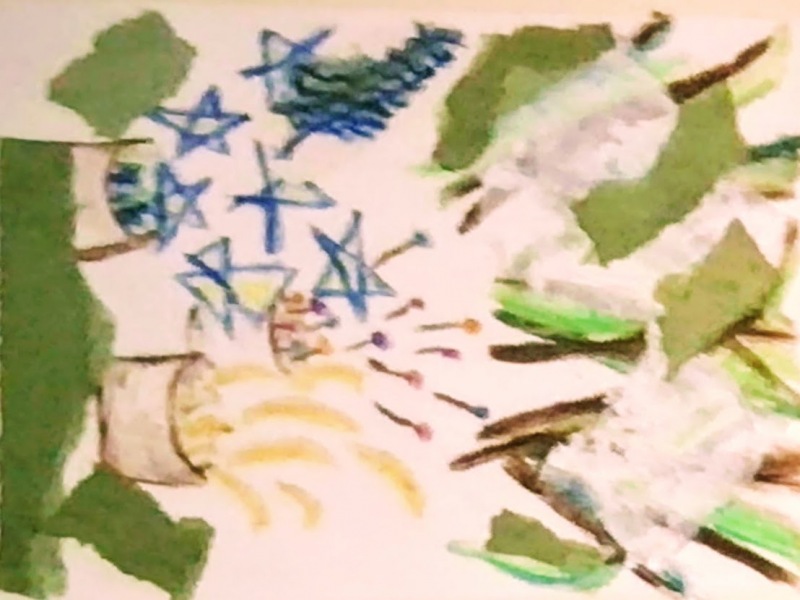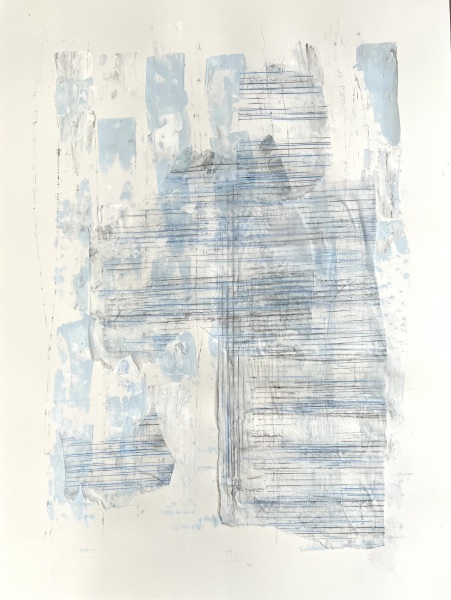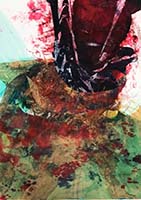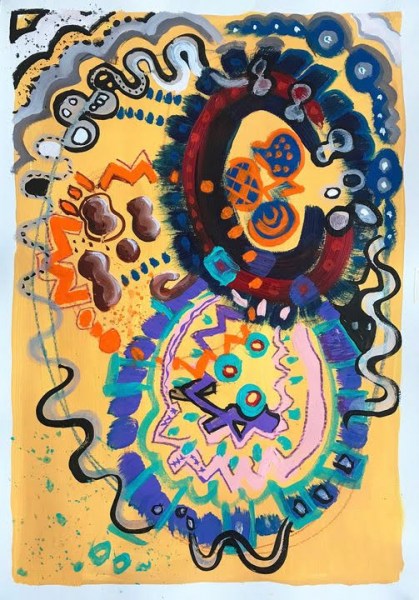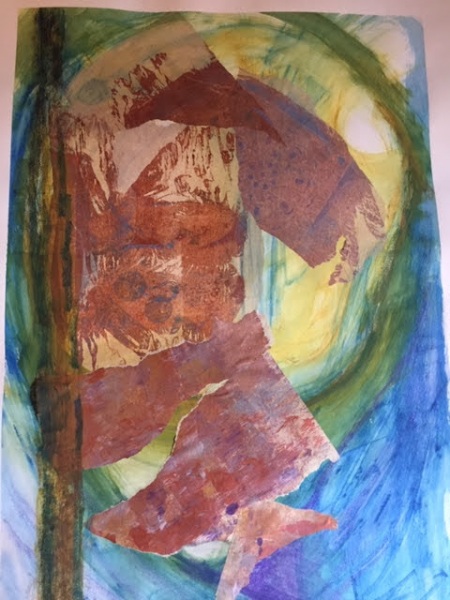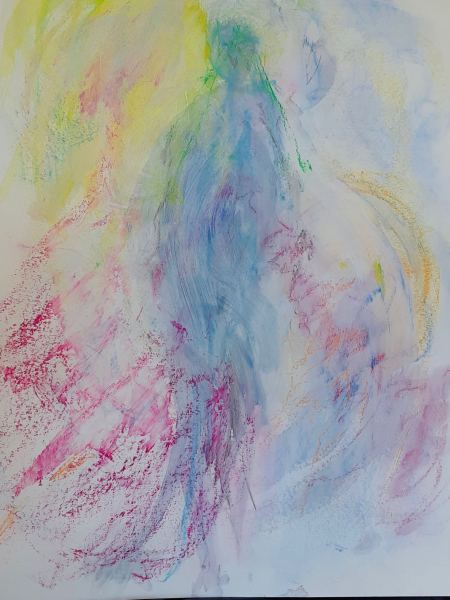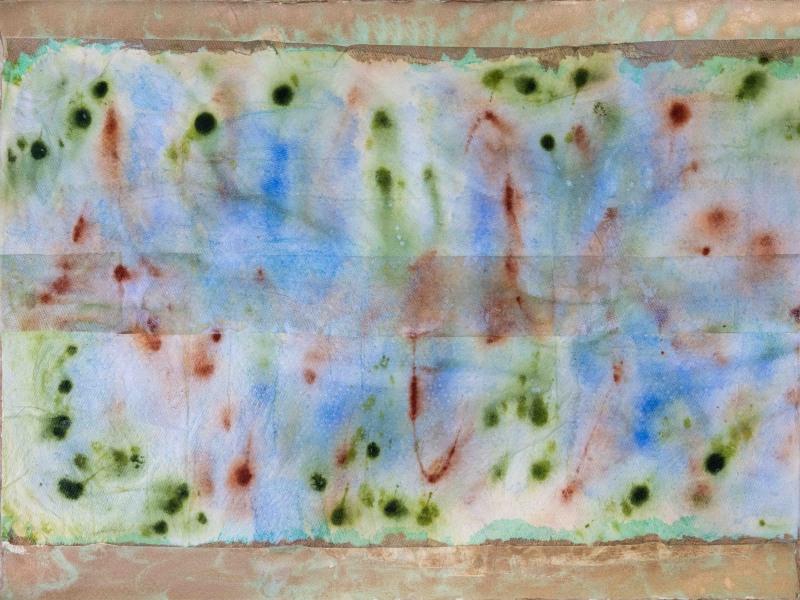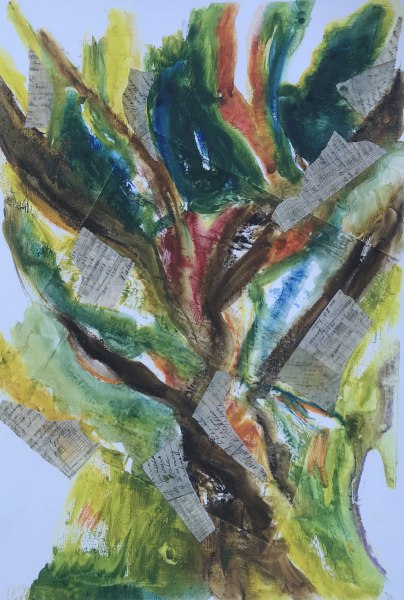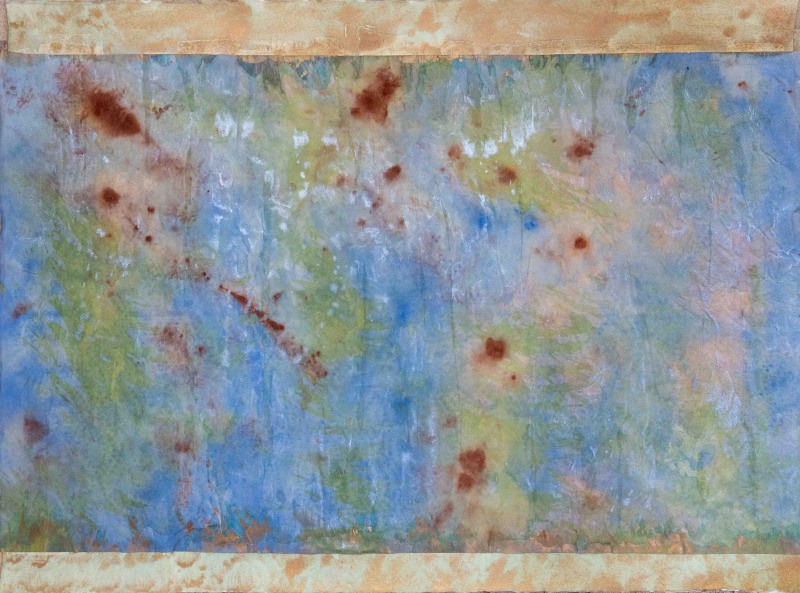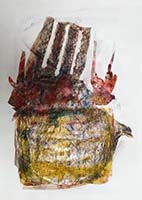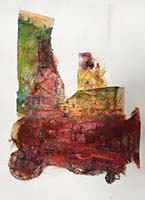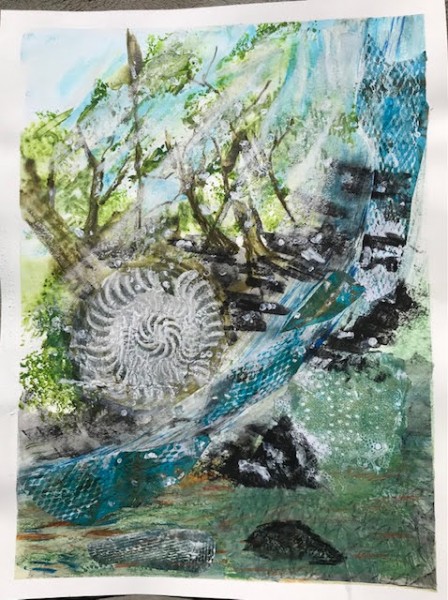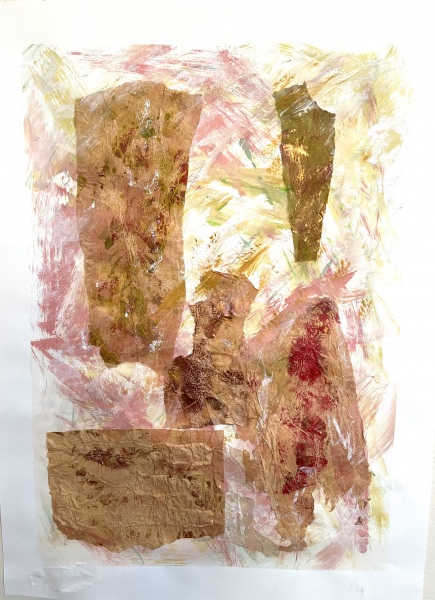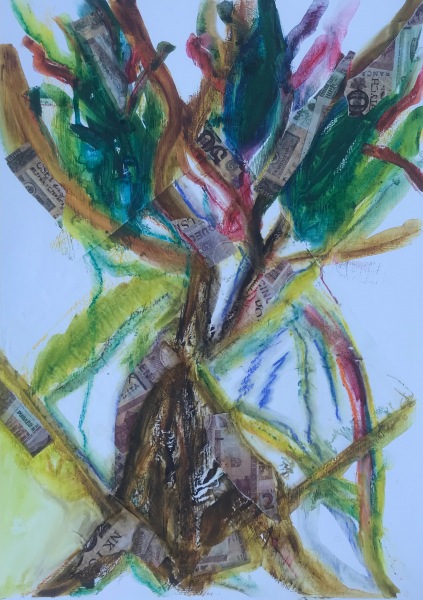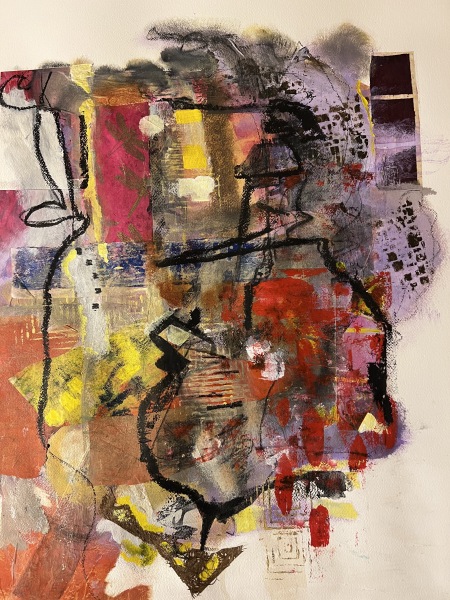Blog #3D In-Bodying the Field: Fridge Field-trip & Embodied Knowing

#3D Blog: Aspects of the archetype of artist
The Japanese movie Hokusai’s Daughter conveys how passion and commitment go beyond all social customs and interpersonal needs. Katsushika Oi, the main character in the movie is like many artists- often on the edge of societal norms. This is not just a rebellious or revolutionary reaction but instead arises as an investigative state of being at the boundaries of what is known.
Look at the life of your favorite artists to see their sacrifices. They are visionaries, not in the sense of dramatic tragedy but often in loss that is consciously negotiated. The transfer of energy with the sacred is the meaning of sacrifice.
Many artists have lived their lives on an extraordinary edge. Canadian artist, Emily Carr at the turn of the century, tromped through the wilderness to paint Native Americans. Because American artist Alice Neel worked in the era of Abstract Expressionism her paintings were ignored for decades, except by other painters. This year there was a retrospective of her work in New York at the Metropolitan Museum. Mexican artist Frieda Kahlo painted from her physical pain and anguish through a folk art tradition. Japanese artist Katsushika Oi went against all customs established for women as she developed her interest in color. It is interesting to note that sociologically the framing of the sacred trade of artist varies greatly in society’s discussion of different expectations of men and women. Just look to art history and museums of the world to see the percentage of women. Not being recognized or seen is in itself a tremendous loss for an artist. But there is something much more valuable that is the impetus for working.
This week in circle we marked combining disparate subjects from imaginal journeys into one piece to experience the possibility of holding dichotomies is a wider embrace. We introduced death and loss, grief and sacrifice as part of this process which we will explore more next week.
The images that follow are from participants in this six-month course. They are not depictions or illustrations but, rather, experiences of the act of doing and feeling. They are a way of resourcing and exploring, as well as, embodying the experience.



